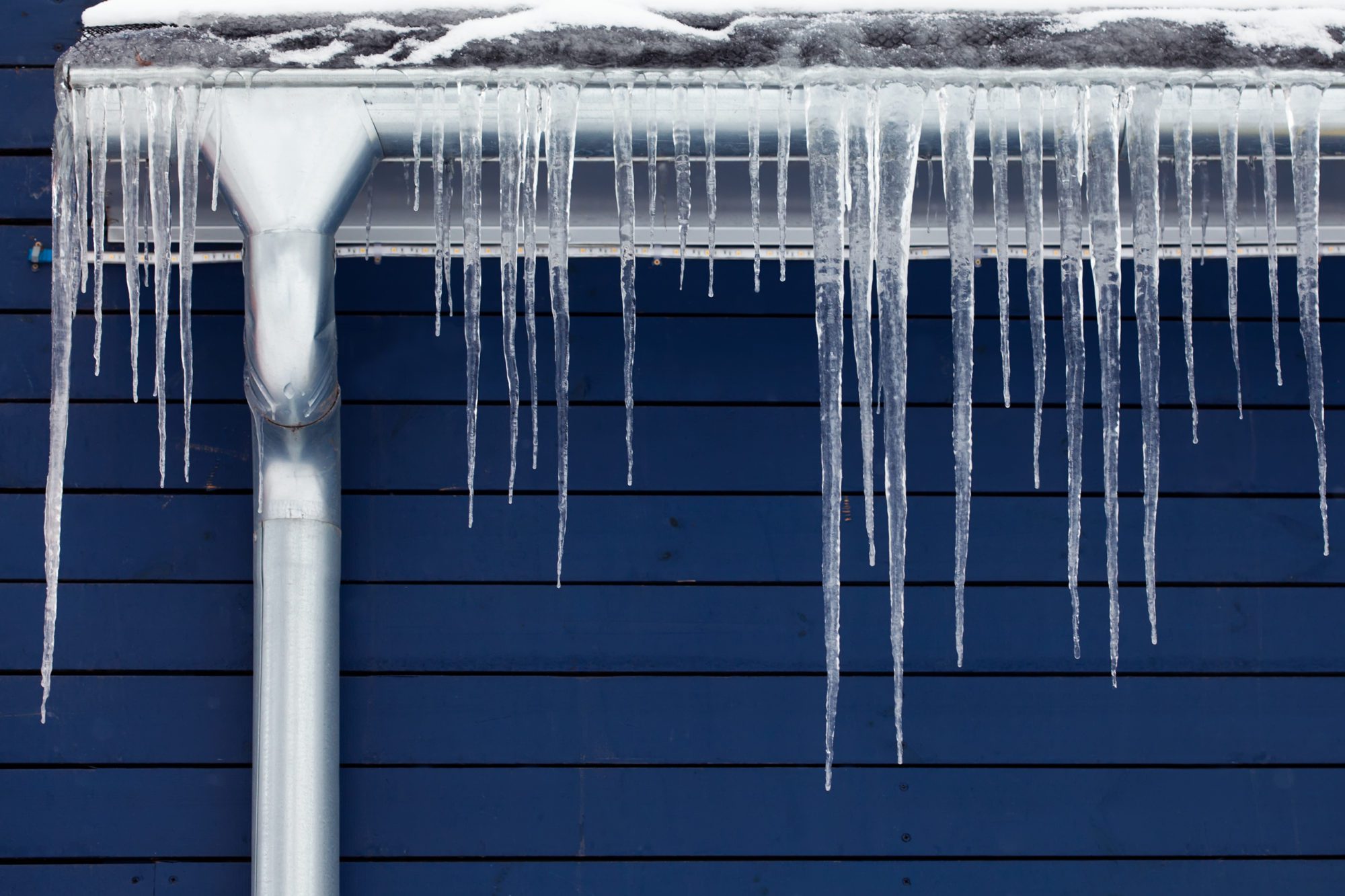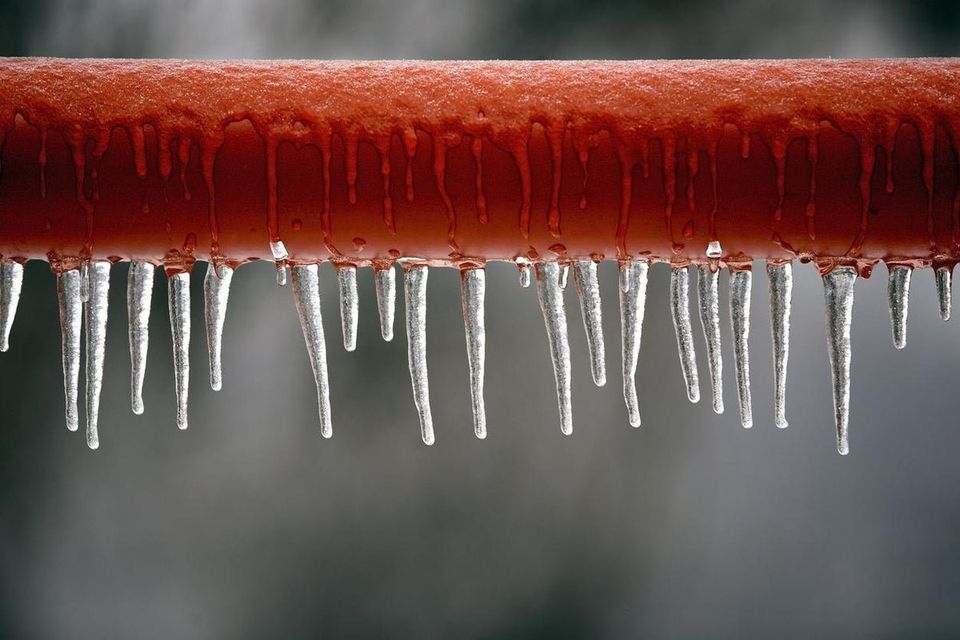Protecting Your Pipes from Cold Weather Issues: Key Strategies
Protecting Your Pipes from Cold Weather Issues: Key Strategies
Blog Article
What're your concepts on Winter Plumbing Precautions: Preventing Frozen Pipes?

Winter can damage your pipes, specifically by freezing pipelines. Here's how to avoid it from occurring and what to do if it does.
Intro
As temperatures drop, the danger of frozen pipes boosts, potentially bring about pricey repairs and water damage. Understanding how to prevent frozen pipelines is essential for property owners in cold climates.
Understanding Icy Pipelines
What triggers pipes to freeze?
Pipelines ice up when exposed to temperature levels below 32 ° F (0 ° C) for prolonged periods. As water inside the pipelines freezes, it expands, taxing the pipe walls and possibly creating them to rupture.
Threats and problems
Frozen pipelines can cause supply of water disturbances, building damage, and pricey repair services. Burst pipelines can flood homes and trigger extensive structural damages.
Signs of Frozen Water Lines
Recognizing frozen pipes early can avoid them from bursting.
Exactly how to recognize frozen pipes
Try to find lowered water circulation from faucets, unusual odors or sounds from pipes, and noticeable frost on subjected pipelines.
Avoidance Tips
Insulating at risk pipelines
Wrap pipes in insulation sleeves or utilize heat tape to secure them from freezing temperatures. Focus on pipelines in unheated or external areas of the home.
Heating methods
Maintain interior spaces properly heated up, particularly locations with plumbing. Open cupboard doors to allow cozy air to circulate around pipes under sinks.
Safeguarding Outside Plumbing
Garden hose pipes and outside taps
Detach and drain garden hose pipes before winter. Install frost-proof faucets or cover exterior faucets with shielded caps.
What to Do If Your Pipelines Freeze
Immediate actions to take
If you suspect icy pipelines, keep taps open up to soothe stress as the ice melts. Use a hairdryer or towels taken in warm water to thaw pipes gradually.
Long-Term Solutions
Structural changes
Think about rerouting pipes away from exterior walls or unheated locations. Include extra insulation to attic rooms, cellars, and crawl spaces.
Updating insulation
Buy high-grade insulation for pipelines, attic rooms, and wall surfaces. Appropriate insulation assists preserve constant temperatures and reduces the risk of frozen pipes.
Final thought
Protecting against icy pipes calls for positive actions and quick reactions. By comprehending the causes, indicators, and safety nets, property owners can safeguard their plumbing throughout winter.
6 Proven Ways to Prevent Frozen Pipes and Protect Your Home
Disconnect and Drain Garden Hoses
Before winter arrives, start by disconnecting your garden hoses and draining any remaining water. Close the shut-off valves that supply outdoor hose bibs and leave the outdoor faucet open to allow any residual water to drain. For extra protection, consider using faucet covers throughout the colder months. It’s also important to drain water from any sprinkler supply lines following the manufacturer’s directions.
Insulate Exposed Pipes
Insulating your pipes is an effective way to prevent freezing. Pipe insulation is readily available at home improvement stores and is relatively inexpensive. Pay close attention to pipes in unheated areas such as the attic, basement, crawl spaces, or garage. Apply foam insulation generously to create a buffer against the cold. You can also wrap your pipes in heat tape or thermostat-controlled heat cables for added warmth.
Seal Air Leaks
Inspect your home for any cracks or openings that could let in cold air. Seal any holes around the piping in interior or exterior walls, as well as the sill plates where your home rests on its foundation. Additionally, make sure to keep your garage door closed unless you’re entering or exiting. Leaving it open creates a significant air leak that can lead to frozen pipes.
Allow Warm Air Circulation
During cold snaps, it’s essential to allow warm air to circulate evenly throughout your home. Leave interior doors ajar to promote better airflow. Open kitchen and bathroom cabinets to help distribute heat consistently around the rooms. If you have small children or pets, be sure to remove any household chemicals or potentially harmful cleaners from open cabinets for safety.
Let Faucets Drip
A small trickle of water can make a big difference in preventing ice formation inside your pipes. When temperatures drop significantly, start a drip of water from all faucets served by exposed pipes. This continuous flow helps prevent the water from freezing. Additionally, running a few faucets slightly can relieve pressure inside the pipes, reducing the chances of a rupture if the water inside does freeze.
https://choateshvac.com/6-proven-ways-to-prevent-frozen-pipes-and-protect-your-home/

Do you like reading up on How to Prevent Your Pipes From Freezing? Put feedback down below. We would be delighted to know your ideas about this blog. We hope that you visit us again soon. Are you aware of somebody else who is occupied with How to prepare your home plumbing for winter weather? Why not share it. I take joy in your readership.
Book Your Service Report this page